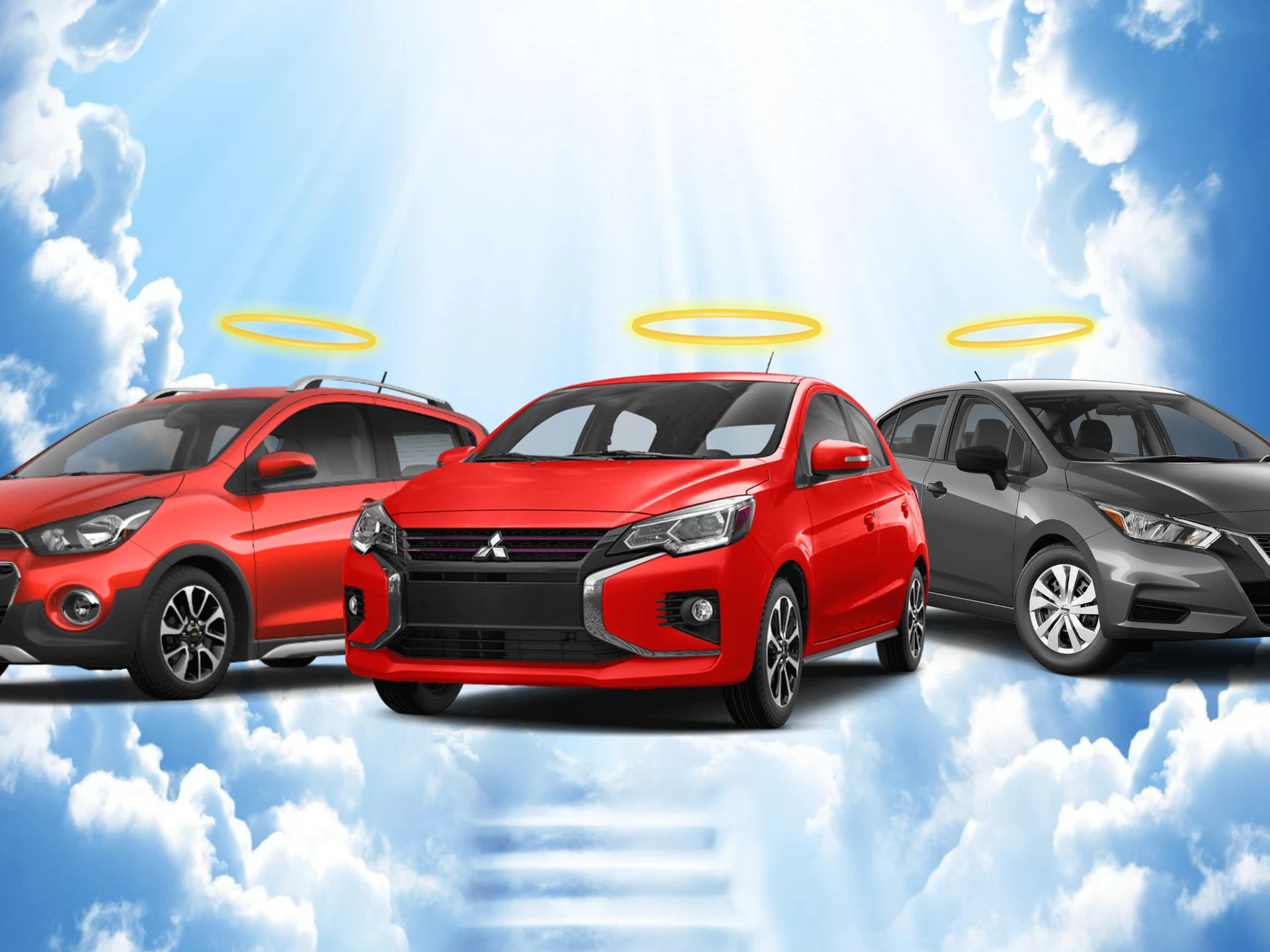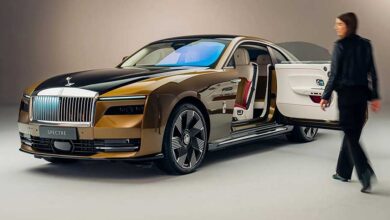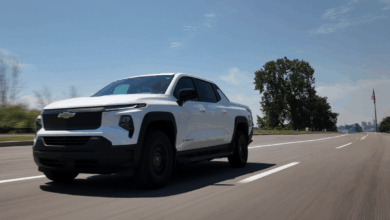The Global Demise of Affordable New Cars
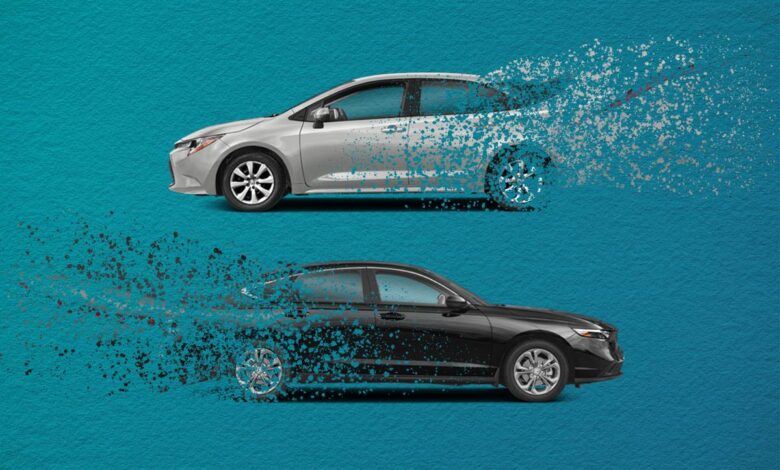
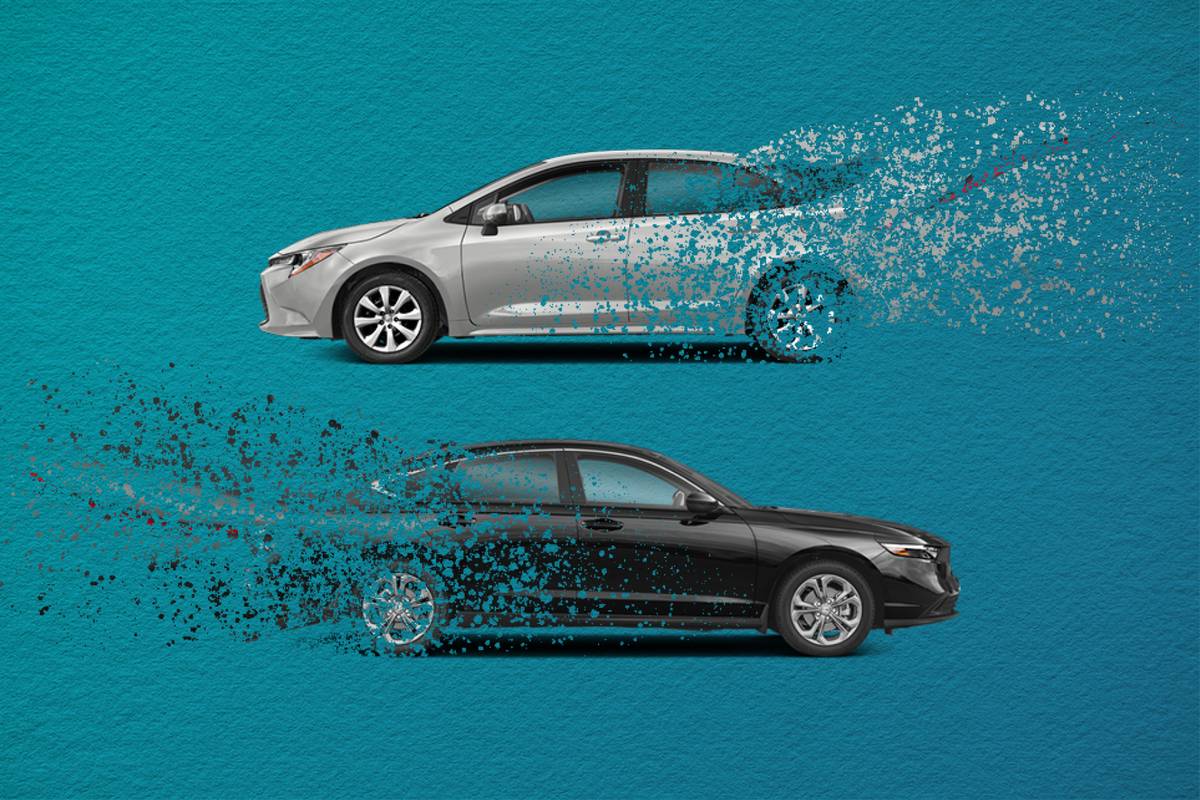
For generations, the new car dealership has been a symbol of accessible mobility and economic achievement. The prospect of driving a brand-new, reliable vehicle off the lot was a tangible milestone for young professionals, growing families, and budget-conscious consumers. However, this cornerstone of the American—and global—dream is rapidly crumbling. We are witnessing the systematic extinction of the truly affordable new car. This isn’t a temporary market fluctuation; it is a permanent structural shift driven by a powerful convergence of regulatory demands, corporate strategy, and consumer expectations. This in-depth analysis will dissect the multifaceted forces eroding the bottom end of the new car market, explore the profound consequences for society and the economy, and outline the uncertain future of personal transportation.
A. The Perfect Storm: Forces Eliminating Budget-Friendly Vehicles
The disappearance of low-priced new cars is not the result of a single factor, but a perfect storm of interrelated pressures that make their production and sale increasingly unprofitable and impractical for manufacturers.
A. The Unstoppable Surge of Regulatory and Safety Mandates
Governments worldwide are enacting stringent regulations that significantly increase production costs. These mandates, while well-intentioned, have a disproportionate impact on the cheapest vehicle segments where profit margins are already razor-thin.
-
Advanced Safety Features: Regulations now require a suite of advanced driver-assistance systems (ADAS) that were once luxury options. This includes automatic emergency braking (AEB), lane-keeping assist, blind-spot monitoring, and adaptive cruise control. The sensors, cameras, radar, and computing power required for these systems add thousands of dollars to the base cost of a vehicle, making it economically impossible to offer a “stripper” model.
-
Emissions and Fuel Economy Standards: Complying with ever-tightening Corporate Average Fuel Economy (CAFE) and global emissions standards is incredibly expensive. Manufacturers must invest billions in research and development for technologies like turbocharging, hybrid systems, and lightweight materials (e.g., aluminum, carbon fiber). These costs are amortized across all vehicles, but they hit the cheapest models hardest, as there is no fat left in the price to absorb them.
-
Connected Vehicle Technology: Emerging mandates for vehicle-to-everything (V2X) communication and built-in data recorders further add to the electronic complexity and cost base of every new car.
B. The Corporate Strategy of “Upscaling” and Profit Maximization
In the face of these rising costs, automakers have made a deliberate strategic pivot.
-
Chasing Margins, Not Volume: The profit margin on a $40,000 SUV is exponentially higher than on a $16,000 compact car. By phasing out their least profitable entry-level models, manufacturers can focus their finite production capacity (especially critical amidst semiconductor shortages) on vehicles that deliver the highest return per unit. This is a fundamental shift from being volume-driven to being margin-driven.
-
The Death of the Base Model: Even for models that remain in the lineup, the truly base trim is often a “phantom car”—theoretically available on the website but virtually never stocked on dealer lots. Dealers are incentivized to order mid-to-high-level trims loaded with optional packages, which boosts their profit per sale. This pushes the effective transaction price thousands of dollars above the advertised MSRP.
-
Brand Prestige and the SUV/Truck Focus: The automotive market has overwhelmingly shifted towards crossovers, SUVs, and trucks. These larger vehicles command higher price points and are perceived as more prestigious and versatile. Manufacturers are therefore funneling their marketing, development, and production resources into these high-margin segments, allowing sedans and hatchbacks to wither on the vine.
C. The Global Supply Chain and Economic Squeeze
Macroeconomic factors have created an environment hostile to cheap manufacturing.
-
The Semiconductor Chip Shortage: The ongoing scarcity of microchips forced manufacturers to triage production. It was a straightforward financial decision to allocate the limited chips to their most profitable vehicles, sidelining affordable models for years. This permanently altered production plans and demonstrated the fragility of the entry-level segment.
-
Inflation in Raw Materials and Logistics: The cost of steel, aluminum, rubber, and shipping has skyrocketed. These inflationary pressures make it impossible to hold the line on a sub-$20,000 price point without selling the vehicle at a loss.
-
The Complexities of Global Platforms: To achieve economies of scale, automakers now use global vehicle platforms. However, designing a single platform to meet the diverse safety and regulatory standards of North America, Europe, and Asia adds immense complexity and cost, which is passed on to consumers.
B. The Ripple Effects: Consequences of an Inaccessible New Car Market
The evaporation of affordable new vehicles is not just an inconvenience for bargain hunters; it has profound and far-reaching consequences for the entire automotive ecosystem and social mobility.
A. The Used Car Market Domino Effect
The new car market is the primary feeder for the used car market. The disappearance of cheap new cars creates a supply shock that reverberates for years.
-
Skyrocketing Used Car Prices: With fewer new, affordable cars sold today, there will be a critical shortage of 3- to 5-year-old affordable used cars in the future. This has already driven the average price of a used car to record highs, pushing reliable transportation out of reach for the most financially vulnerable consumers.
-
Older Vehicles on the Road: Consumers are holding onto their existing vehicles for longer. The average age of a car on American roads is now over 12 years. While this is a testament to vehicle durability, it also means more older, less safe, and less fuel-efficient cars are in circulation, with lower-income drivers disproportionately bearing the burden of higher maintenance and repair costs.
B. The Deepening Socioeconomic Divide in Mobility
Transportation is a key determinant of economic opportunity. The death of the affordable new car exacerbates inequality.
-
Barrier to Employment: Reliable personal transportation is often a prerequisite for employment, especially in areas with inadequate public transit. The inability to secure an affordable car can trap individuals and families in a cycle of poverty, limiting access to better jobs and education.
-
The Subprime Loan Crisis 2.0: To afford increasingly expensive vehicles, buyers with poor credit are forced into longer loan terms (84-96 months is now common) with higher interest rates. This creates a dangerous debt burden and a higher risk of default and repossession, mirroring the conditions that led to the 2008 financial crisis, but centered on auto loans.
C. The Environmental Policy Conundrum
The push for electrification, a key environmental goal, is ironically contributing to the affordability crisis.
-
The High Cost of EVs: While running costs are lower, the upfront purchase price of a new electric vehicle remains significantly higher than that of a comparable gasoline car. Government incentives often benefit wealthier buyers who can afford the initial investment.
-
A Two-Tiered System: The current trajectory risks creating a two-tiered transportation system: the affluent who can afford new, clean, efficient EVs and advanced ICE vehicles, and everyone else who is stuck with aging, polluting, and less safe gasoline cars. This undermines the goal of a rapid and equitable transition to a cleaner transportation fleet.
C. Potential Pathways and Future Scenarios
Is the era of affordable personal transportation truly over? Not necessarily, but its form is evolving. Several potential pathways are emerging.
A. The Rise of Micro-Mobility and Alternative Transport
In urban and suburban areas, the gap left by cheap cars is being filled by other options.
-
Car Subscription and Sharing Services: Services like Zipcar, and manufacturer-specific subscriptions, offer access to a vehicle without the burden of ownership. While not a perfect replacement for a personally owned car, they provide flexibility for those who don’t need a daily driver.
-
Electric Bikes, Scooters, and Micro-Cars: For many short trips, electric micro-mobility presents a compelling, low-cost alternative. This trend is likely to accelerate, especially as cities create more dedicated infrastructure.
B. A New Generation of “Minimum Viable” Vehicles
Could there be a market for a modern, regulatory-compliant, but severely de-contented vehicle?
-
The Dacia/Renault Model: In Europe, the Dacia brand (owned by Renault) has found success by selling simple, robust, and affordable cars. They use proven older platforms and focus on essential features to keep costs down. It remains to be seen if a major manufacturer will attempt this high-volume, low-margin strategy in the North American market.
-
The Chinese Invasion: Chinese automakers like BYD, Geely, and SAIC are poised to enter the US and European markets with competitively priced EVs. Their potential to disrupt the market and force incumbents to compete on price is significant, though they face political and regulatory hurdles.
C. Policy Interventions and Subsidies
Governments may be forced to act if market failure locks a significant portion of the population out of reliable transportation.
-
Targeted Purchase Incentives: Expanding EV tax credits to include more affordable models or creating new incentives for low-income families to purchase new, safe, and efficient vehicles.
-
Support for Public Transit: The most effective long-term solution is massive investment in reliable, comprehensive, and safe public transportation to reduce the absolute dependency on personal vehicle ownership.
Conclusion: A Crossroads for Automotive Accessibility
The disappearance of the cheap new car marks the end of a significant chapter in industrial and social history. It is a complex issue born from a clash between laudable safety and environmental goals, hard-nosed corporate economics, and shifting consumer tastes. The consequences are a more polarized mobility landscape, a strained used car market, and a genuine threat to economic opportunity for millions. The path forward is uncertain. It may lead to a future dominated by shared mobility and micro-transport, or it may spark a renaissance of simple, purpose-built vehicles from new market entrants. One thing is clear: the definition of an “attainable car” is being rewritten, and the outcome will fundamentally reshape how we live, work, and move.
Tags: affordable cars, new car prices, car market crisis, used car prices, automotive industry, EV affordability, car ownership cost, vehicle regulations, cheap cars, future of transportation
Category: Automotive

